What is virtualization?
Managing blog can sometimes be hard, remember how you deal with formatting or if you wish to add some simple feature like image, video, button or separator. There is no doubt that WordPress is best solution for blog, but dealing with shortcodes is time consuming process you could easily avoid.Start building your blog pages and posts visually. With Visual Composer you can instantly see changes and adapt to them by using Frontend editor or you can switch to Backend editor if you think that you have too much content and schematic view fits you better. It really does not matter are you highly talented technician or a small business owner – managing your blog with Visual Composer will save your time.
There are several virtualization methods:
1.Full virtualization ,2.Paravirtualization,3.Software virtualization (or emulation),4.Containerization
What is a virtual machine?
A virtual machine is the emulated equivalent of a computer system that runs on top of another system. Virtual machines may have access to any number of resources: computing power, through hardware-assisted but limited access to the host machine’s CPU and memory; one or more physical or virtual disk devices for storage; a virtual or real network inferface; as well as any devices such as video cards, USB devices, or other hardware that are shared with the virtual machine. If the virtual machine is stored on a virtual disk, this is often referred to as a disk image. A disk image may contain the files for a virtual machine to boot, or, it can contain any other specific storage needs.
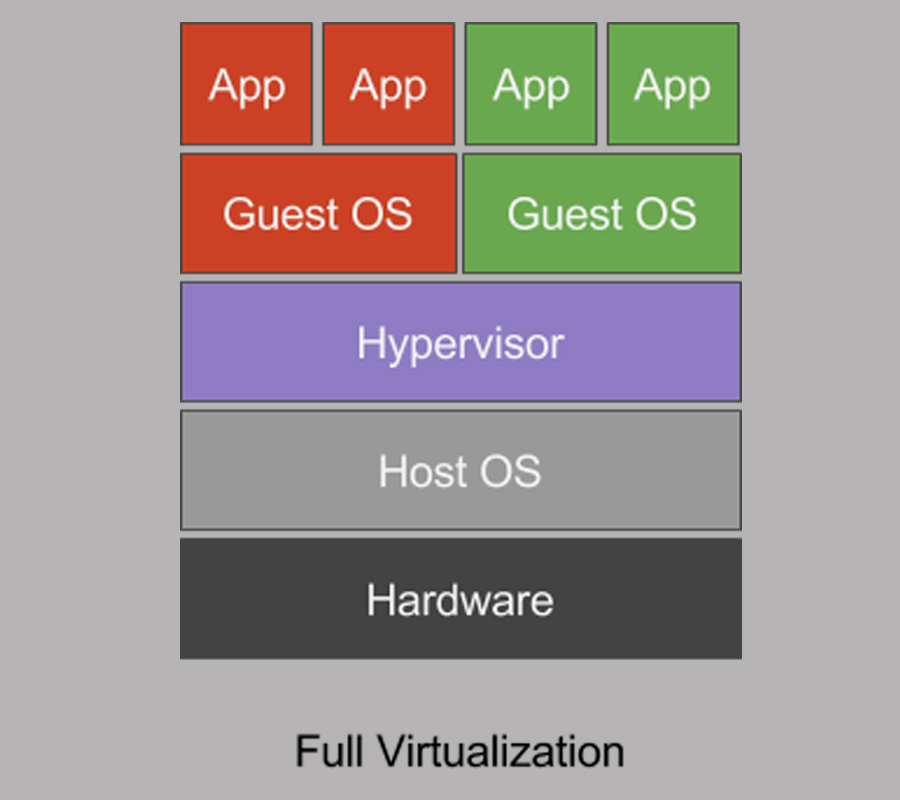
Full virtualization uses an unmodified version of the guest operating system. The guest addresses the host’s CPU via a channel created by the hypervisor. Because the guest communicates directly with the CPU, this is the fastest virtualization method.
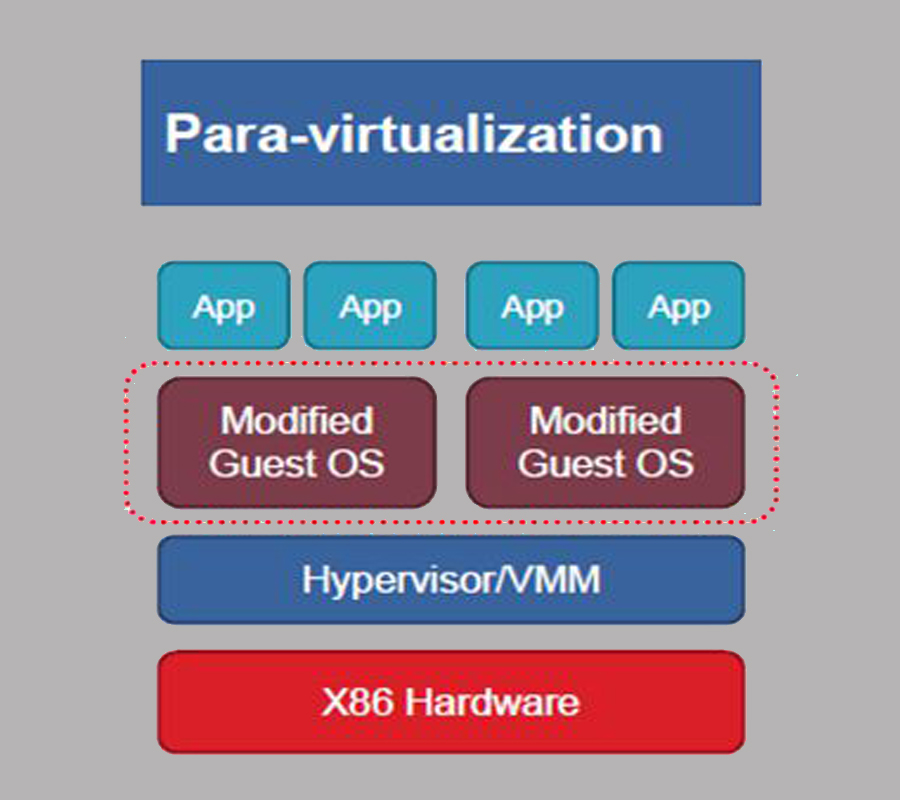
Paravirtualization uses a modified guest operating system. The guest communicates with the hypervisor. The hypervisor passes the unmodified calls from the guest to the CPU and other interfaces, both real and virtual. Because the calls are routed through the hypervisor, this method is slower than full virtualization.
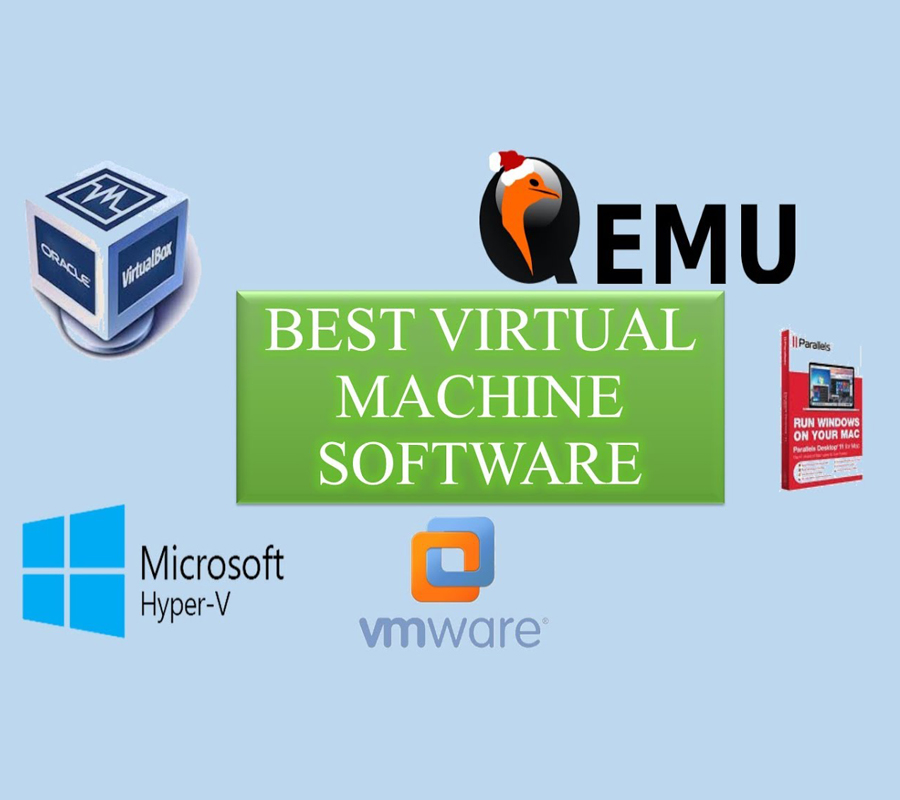
Software virtualization uses binary translation and other emulation techniques to run unmodified operating systems. The hypervisor translates the guest calls to a format that can be used by the host system. Because all calls are translated, this method is slower than virtualization.
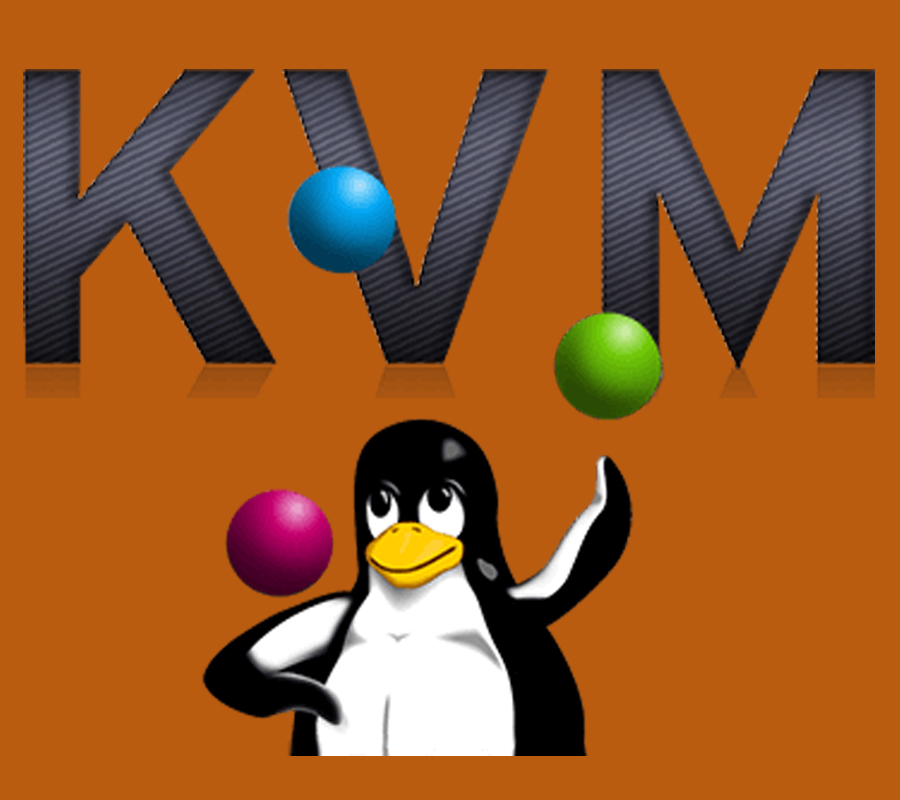
While KVM virtualization creates a separate instance of OS kernel, operating-system-level virtualization, also known as containerization, operates on top of an existing OS kernel and creates isolated instances of the host OS, known as containers. For more information on containers, see the Red Hat Customer Portal.
Consolidation
1.Virtualization allows you to run multiple operating systems(virtual machines) on a single server.
2.combining multiple software workloads on computer system.
3.Save money and power(electricity).
4.Multiple Virtual Machines In One Pc.
Testing
1. Developers can virtual test machines for testing and debugging their software.
2. Ideal for testing environments.
3.To experiment with potentially incompatible applications
4. To perform testing with different user profiles
Security and Isolation
1.provides significant hardware disaster recovery options.
2.protect from attacker to down whole server.
Softwares
Open VZ
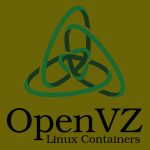
OpenVZ is a container-based virtualization for Linux. OpenVZ creates multiple secure, isolated Linux containers (otherwise known as VEs or VPSs) on a single physical server enabling better server utilization and ensuring that applications do not conflict.
Virualbox

VirtualBox an extremely feature rich, high performance product for enterprise customers, it is also the only professional solution that is freely available as Open Source Software under the terms of the GNU General Public License (GPL) version.
VMWare
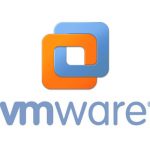
VMware, Inc. is a subsidiary of Dell Technologies that provides cloud computing and platform virtualization software and services. It was the first commercially successful company to virtualize the x86 architecture.
Xen

Xen is an open-source type-1 or baremetal hypervisor, which makes it possible to run many instances of an operating system or indeed different operating systems in parallel on a single machine (or host). Xen is the only type-1 hypervisor that is available as open source.
Citrix
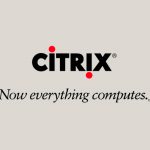
Citrix Server refers to Citrix’s line of desktop virtualization products: XenDesktop and XenApp. These products allow IT departments to host centralized desktops and applications, respectively.
Oracle VM
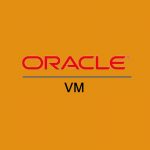
Oracle VM Server for x86 is the server virtualization offering from Oracle Co. Oracle VM Server for x86 incorporates the free and open-source Xen hypervisor technology, Linux, and Solaris guests and includes an integrated Web-based management console.
